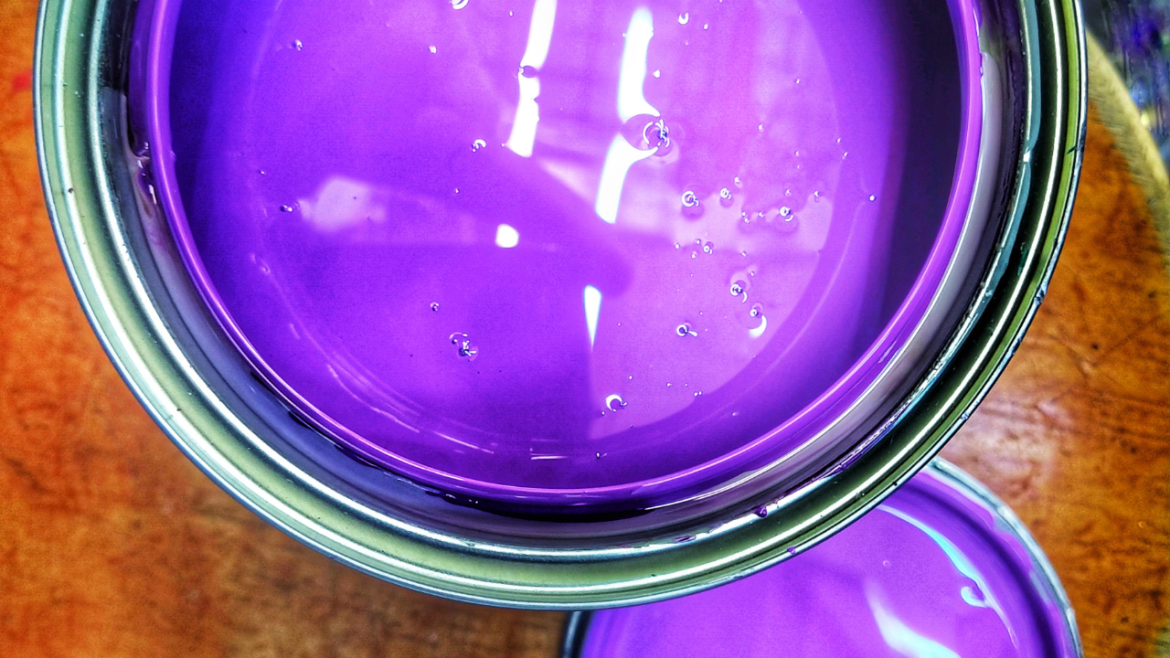Fire-resistant paints help strengthen building materials and structures by creating fire protection layers. They make a protective outer surface that repels fire before ignition occurs. Review how fire-resistant paint works while meeting fire safety and sustainable regulations. Keep reading the article and uncover enticing facts. Let’s get started!
Exploring Fire Retardant Paints
Fire retardant paints protect surfaces by acting as a barrier against fire damage. These products safeguard surfaces by absorbing heat and forming barriers to stop fuel reactions and push out gases. When facing intense heat, fire retardant paint creates insulation or releases harmless gases to block the fire’s movement.
Intumescent coatings demonstrate superior performance in fire protection paints. Under heat conditions, the coating reacts to form a protective layer that keeps wood and steel parts safe. Heat insulation develops quickly to shield against fire development and offer more escape time.
Key Technology Behind
This technology is used in fire-resistant paints that use water as their main solvent. Fire protection paint consists of intumescent agents blended with flame retardants and binders. Heat activates fire-resistant materials, creating an insulating foam barrier to protect assets against fire.
Water-based fire retardant paint helps protect Earth because its ingredients are nature-friendly. It reduces VOC emissions, which supports environmental wellness and self-care. These paints deliver good results and dry quickly with minimal health risks. They provide superior performance in domestic buildings and environmentally friendly construction.
However, there are some limitations. After preparing the specific surface, these water-based paints require extra time to dry because they dry slower than standard solvent-based coatings.
How Do Different Solvent-Based Fire-Retardant Paints Differ
Solvent-based fire retardant paint formulas are based on organic liquids such as alcohols and hydrocarbons. The paint system creates adequate thermal protection that controls flame spread.
Solvent-based paint produces consistent long-term protection results. These paints bond strongly with surfaces and continue protecting areas exposed to intense heat and chemicals. Solvent-based paints dry fast, making them ideal for urgent applications in industrial environments.
These paints show different problems that affect their outcome. Paints that use solvents for fire protection release more hazardous VOCs, which damage Earth and put people at risk. These paints produce strong scents when airflow is lacking, creating discomfort for people in close range.
Advantages and Functional Results
Fire retardant paints vary primarily in terms of environmental impact while offering safety advantages and functional results.
- Paints that use water bases emit less environmental pollution than traditional solvent-based paints. These paints follow environmental laws and provide safe options for eco-minded building projects. VOC emissions from solvent-based paint rise higher than other options without ecological benefits.
- Water-based paints function optimally in well-ventilated indoor areas during dry installation. They can touch sensitive materials without harming them. Solvent-based paints stand out as the best option for heavy industry operations that need to withstand wet and corrosive conditions.
- Solvent-based paints stay intact longer than others in harsh industrial settings. They tolerate better contact with water and survive regular rubbing plus severe weather conditions. Water-based paints need to be replaced more frequently in harsh working conditions.
- Solvent-based paints resist fire better and longer than others, yet both help prevent fires from spreading. Water-based paints in adverse weather need more regular upkeep than solvent-based paints.
- Water-based fire retardant paints are safer since they have essential ingredients and more straightforward management practices. Solvent-based paints require extra care because they contain high VOC levels and dangerous materials.
Key Considerations
Your choice between water and solvent paints depends on multiple essential details. Water-based fire retardant paint systems benefit home interior projects because they protect the environment without causing risks. They show excellent results in areas where water challenges are minimal, and weather is not extreme.
Solvent-based paints deliver superior efficiency for heavy-duty outdoor work areas because they dry quickly and withstand more damage than water-based alternatives. These products strongly resist industrial damage when used in production facilities and metal structures.
Advancements in Fire Retardant Paint Technology
New fire-resistive coating technologies create water resistance to eliminate moisture sensitivity issues in water-based paint products. The latest paint technologies help these paints perform better under harsh conditions, driving the key advancements in paints.
Conclusion
The choice between water and solvent paints depends on your usage needs. Water-based paints fulfill environmental requirements and create easy home interior applications. Solvent-based paints perform better than water-based alternatives under challenging industrial conditions. Research in fire protection technology used in the formulation of specific paint types helps create new ways to protect people and buildings better.
